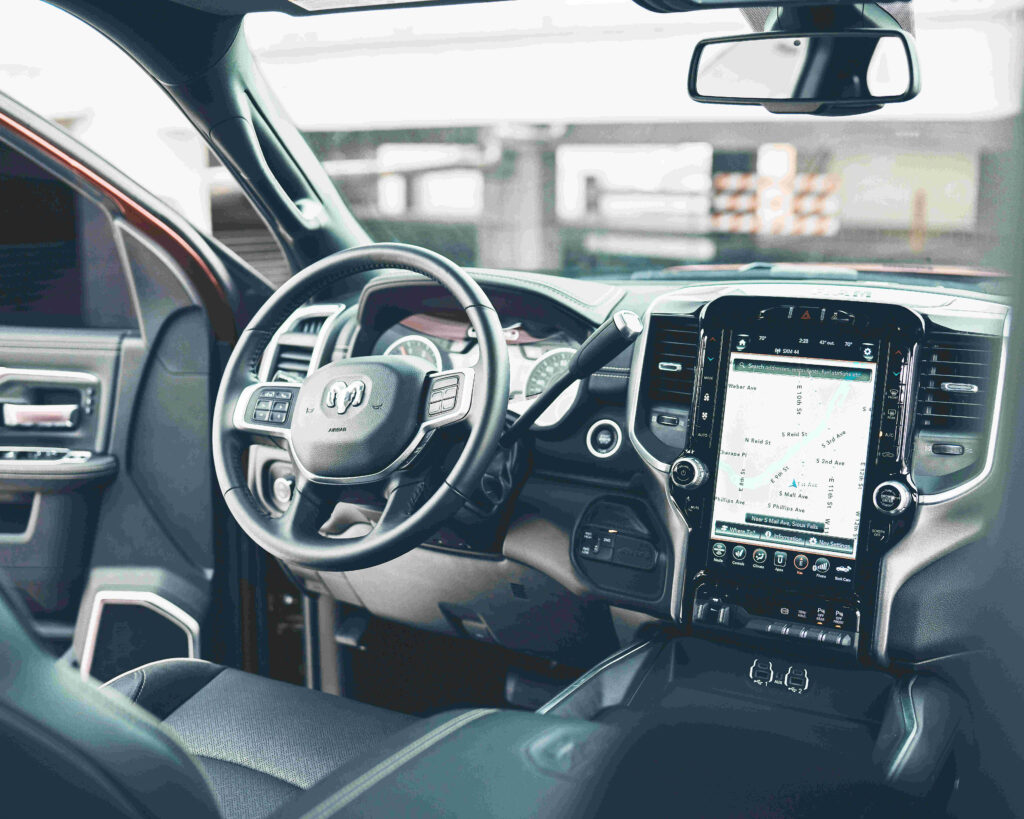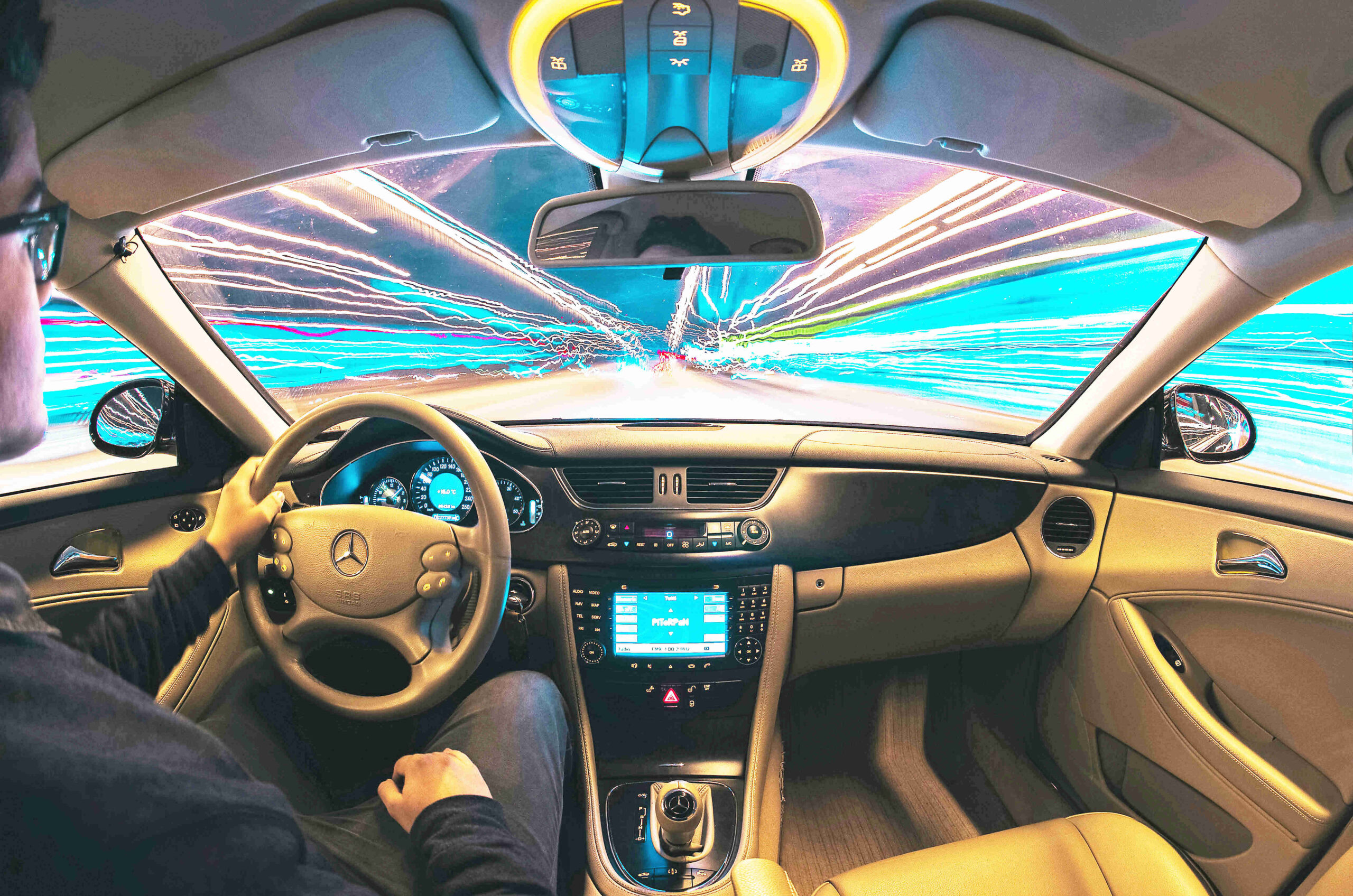The march toward autonomous driving is well underway in most tech-forward countries, but while the likes of us have yet to see completely self-driving cars on our roads, a range of technologies that form the building blocks towards this future is already present in many of the vehicles on offer to us Filipinos. Collectively known as Advanced Driver-Assistance Systems, these features are reshaping the way we drive, making it safer and more comfortable.
These systems rely on a range of sensors including radar, lidar, ultrasonic sensors and cameras that continually scan the vehicle’s surroundings. The information these sensors collect is processed by complex algorithms to provide real-time assistance to drivers.
There are five levels of ADAS, some of which aren’t even commercially available. As the technologies and functionalities for ADAS goes up a level, the less human interaction is needed. Level 5 ADAS, therefore, is considered fully autonomous.

Photograph courtesy of Brock Wegner/UNSPLASH | HIGHLY governed by computer systems and sensors in the car, commercially available ADAS still need a driver’s guidance.
It’s also important to note that the availability and performance of these features can vary greatly across different car models and manufacturers. Some vehicles come with a full suite of ADAS features as standard, while others offer them as optional extras. The effectiveness of these systems can also differ, so it’s advisable to read reviews or take a test drive to see how they perform in real-world conditions.
Level 0 ADAS has no control over the vehicle and only provides information to the driver. Examples of this are parking sensors, 360-degree cameras, audible and visible lane departure warnings, rear cross-traffic alert and blind-spot warning systems. Level 1 ADAS has shared control with the driver, such as adaptive cruise control, automatic emergency braking, lane assist and lane keeping.
Level 2 ADAS is similar to Level 1 in that the features are similar, but instead of single systems that the vehicle computer can control in Level 1, Level 2 ADAS combines multiple systems to provide an output, but still shares control with the driver. A prime example of this is automated parking assist. Most of the Level 3 to 5 ADAS are still in various states of testing and are not commercially ready. Perhaps the most famous of the ADAS is Tesla’s Autopilot system, which despite sounding like a Level 5 system, is actually just Level 2 according to the EV maker.
Here in the Philippines, our market has been enjoying the convenience of Level 1 and 2 ADAS for a couple of years now. Some mid-level cars and most high-end cars employ some, if not all known Level 1 and 2 systems.
Adaptive Cruise Control is one such feature. This system uses radar to maintain a safe distance (usually driver imposed) from the vehicle ahead, automatically adjusting the car’s speed as needed. It’s a step beyond traditional cruise control, adding an extra layer of safety and convenience for drivers. Whereas earlier versions of this system would only work above 30 km/h, newer systems can even come to a full stop and continue on.
Automatic Emergency Braking and Forward Collision Warning are two more features that work in tandem to prevent accidents. Using radar and camera inputs, the FCW system warns the driver if they’re closing in too fast on the vehicle ahead. If the driver doesn’t respond, AEB takes over and applies the brakes to prevent or lessen the impact of a collision.

Photograph courtesy of Vlad Grebenyev/UNSPLASH | TECHNOLOGIES such as Forward Collision Warning and Automatic Emergency Braking ensure that more accidents are avoided.
Lane Keeping Assist and Lane Departure Warning are also commonplace. Using cameras to monitor road markings, these systems alert the driver if the vehicle is drifting out of its lane, with LKA even taking corrective action by gently steering the vehicle back into the lane.
Then there’s Blind Spot Detection, another radar-based system. It alerts the driver to vehicles in the car’s blind spots, usually by lighting up an indicator on the corresponding side mirror. Some systems even sound an alarm if the driver attempts to change lanes while a vehicle is in the blind spot.
Other noteworthy ADAS features include Traffic Sign Recognition, which uses a camera to identify and display traffic signs, and Pedestrian Detection, which employs radar and camera data to identify pedestrians or cyclists in the vehicle’s path. If needed, it can warn the driver or automatically apply the brakes.
Despite their varied functions, all Level 1 and 2 ADAS features have one thing in common: they are designed to assist the driver, not replace them. While they provide an extra layer of safety, they aren’t foolproof. Factors like poor weather can affect sensor performance, and the algorithms driving these systems can’t account for every possible situation. It’s therefore crucial that drivers remain attentive and in control, using ADAS as a tool rather than a substitute for active driving.
It’s also important to note that the availability and performance of these features can vary greatly across different car models and manufacturers. Some vehicles come with a full suite of ADAS features as standard, while others offer them as optional extras. The effectiveness of these systems can also differ, so it’s advisable to read reviews or take a test drive to see how they perform in real-world conditions.
Advanced Driver-Assistance Systems are key stepping stones on the path to autonomous driving. As they continue to evolve, they’re making our roads safer and our journeys more comfortable. However, until we reach the point of full automation, it’s important for drivers to understand and respect the capabilities and limitations of these technologies, using them to assist — not replace — their own driving skills.

















